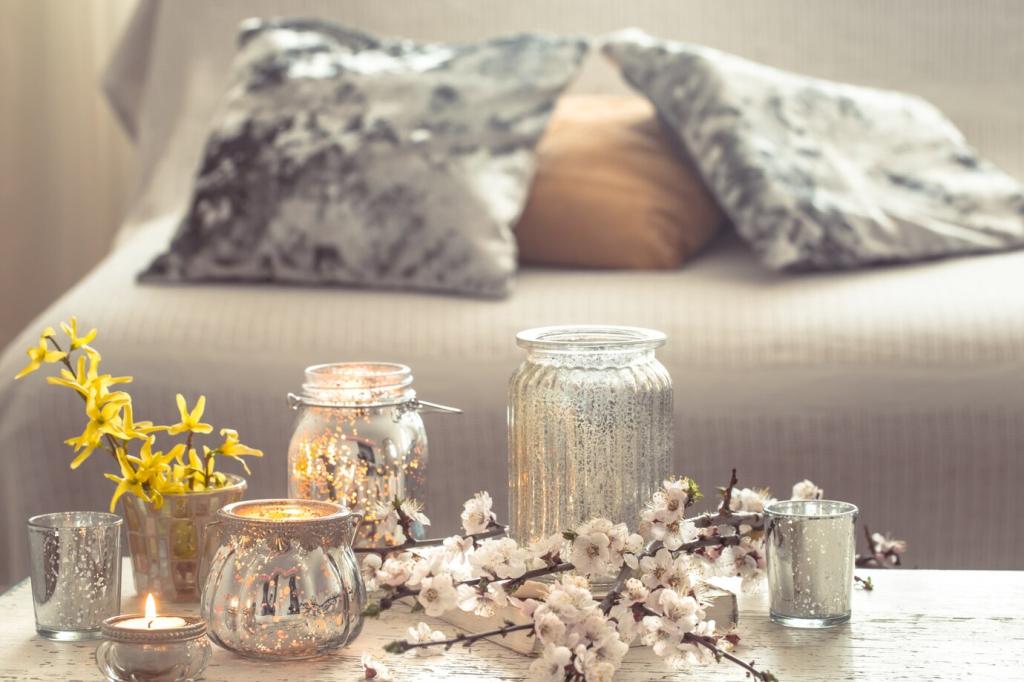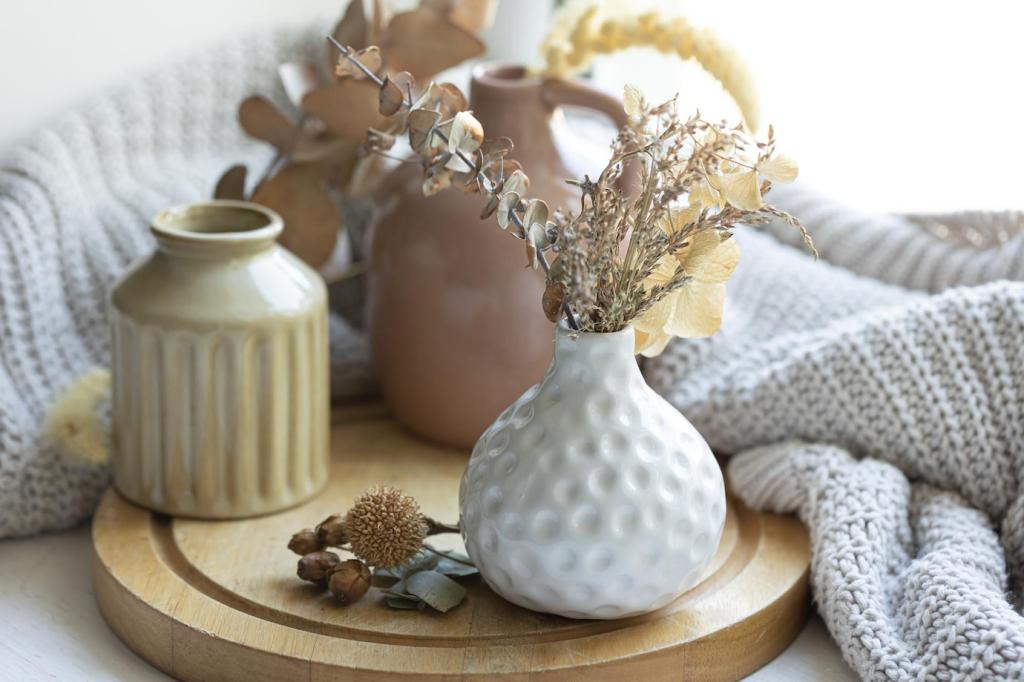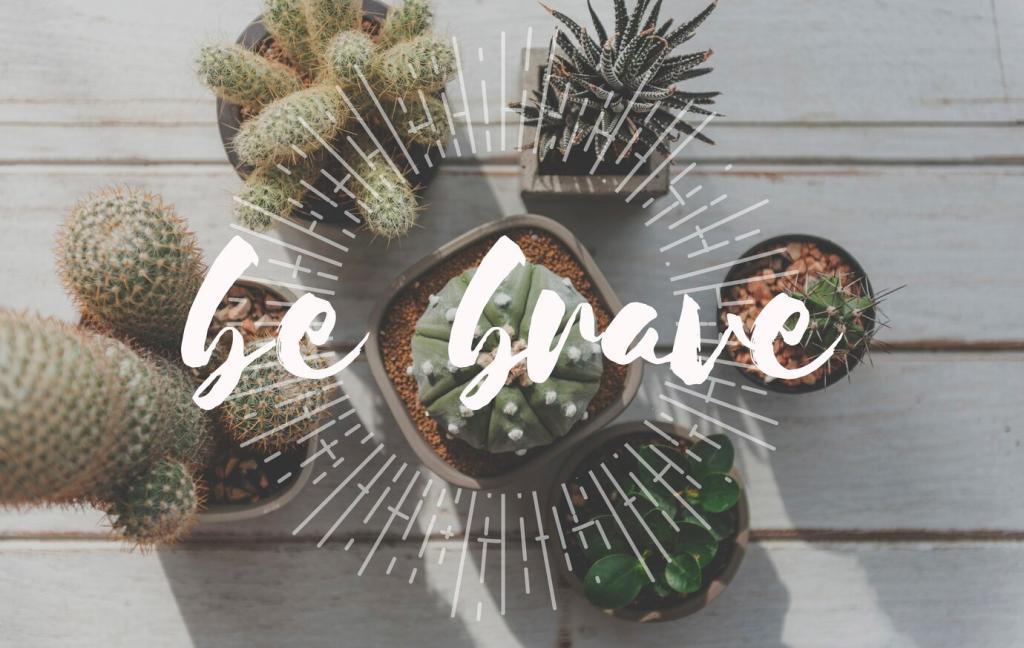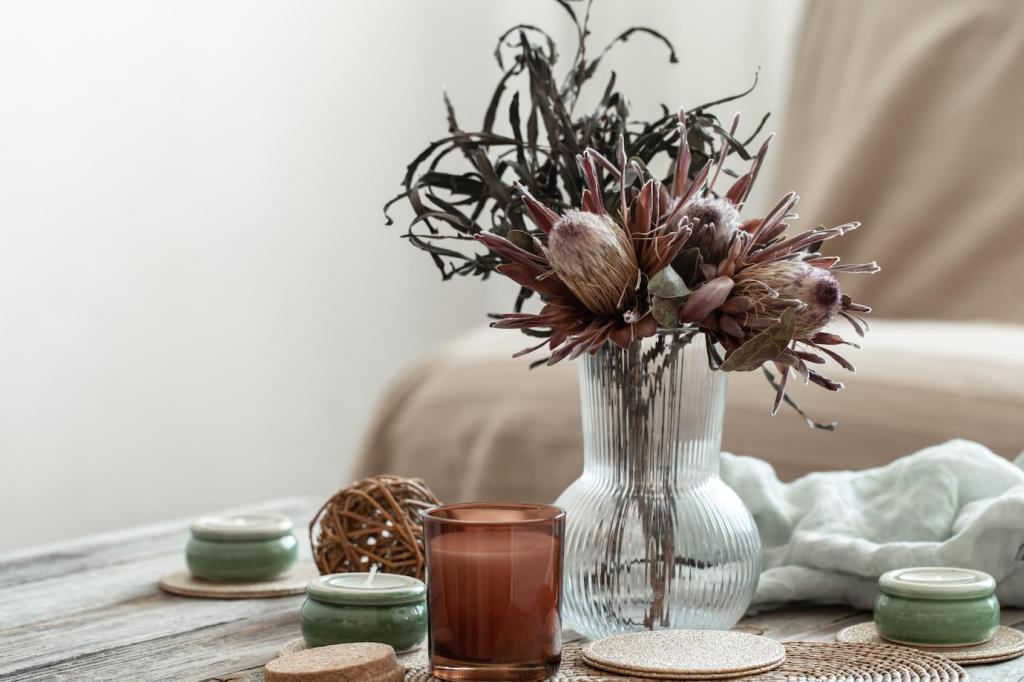Building a Mindful Palette
Choose a base hue that calms you, a supportive tone that enriches it, and a single accent for clarity. Then pause for twenty-four hours. Revisit in different light, touch complementary textures, and notice whether your breath deepens or tightens before committing.
Building a Mindful Palette
Tape swatches near windows and lamps; place fabric samples where your hands naturally rest. Morning light might cool a beige into stone, while evening warmth softens it. Keep a brief notes page tracking color shifts, texture comfort, and any moods that repeatedly arise.




